When I had a bed of coals I moved some using a shovel to the coal table and then I used a trivet from Rabenwald Metalsmything to hold my small dutch oven. I added a half stick of butter and a large onion (I chose vidalia because I have less issues eating those that most other types). Once the onion was soft, I chopped up 2 lbs of parsnips and added them, as well as some salt and put the lid on. I periodically added more coals to this area of the coal table to keep the dish cooking. When the parsnips started to dry out, I added about half cup of wine and cooked till tender. At that point I added Sour Grass (Sheep Sorrel), but you could use Blood Sorrel if you have a high end grocery store near you, or just a spritz of lemon or even some sumac to get the sour, lemony taste. When it was almost done I added about a quarter of a cup of bread crumbs to thicken the sauce.
The larger clay pot housed a barley and mushroom dish. I wanted to get the barley soaking as soon as possible so I coated the inside of the pot with olive oil, added a cup of barley, and then a carton (32oz) of beef stock and a sprig of fresh thyme from my garden. I used my griddle to saute a very large leek (white and light green parts only) and added that to vessel when I moved it to the coal table. I could have but the leeks and oil in the clay pot and started them there, and then added the barley and broth as well.
Basically, I just kept heat against this pot and stirred it occasionally and added salt as needed. When the barley was half done, I tossed in an 8oz container of white mushrooms and an 8oz container of baby portabellas and a handful of parsley leaves. It took over an hour for the barley to completely cook. I did add a touch more water towards the end to keep it from sticking and burning inside the pot. This dish was a huge hit with most of the folks that tried it. I would absolutely just make this as a winter comfort food!
The small clay pot got a half stick of butter, then 2 chopped apples and a half stick of ceylon cinnamon. As those cooked down, I added two more apples. When it was cooked I added a couple of tablespoons of honey and stirred it in.
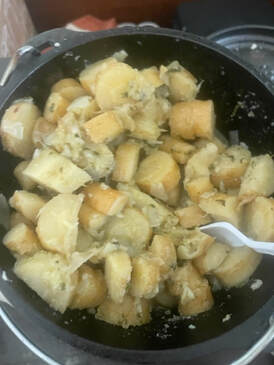 The final parsnip dish
The final parsnip dish I will also say that having the coal table can be life saving on one's back. I spent 3.5 hours from start of the fire till the last dish was finished.
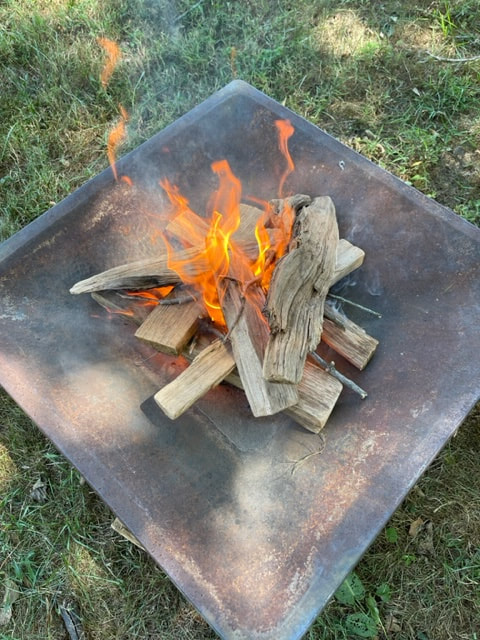
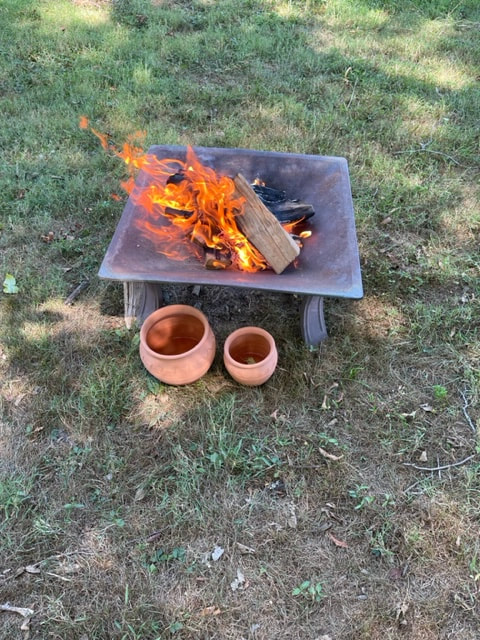
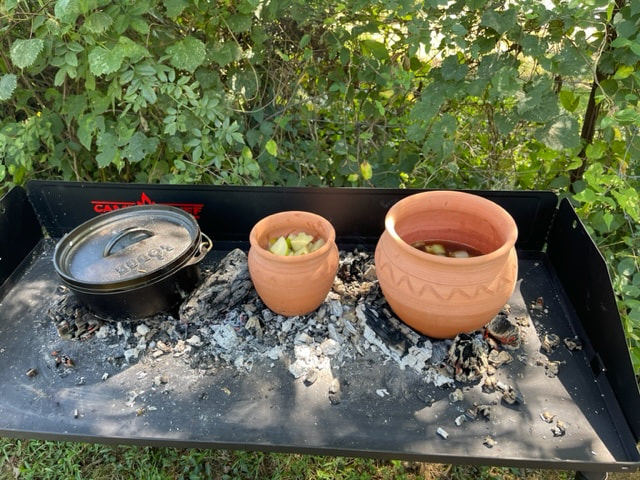
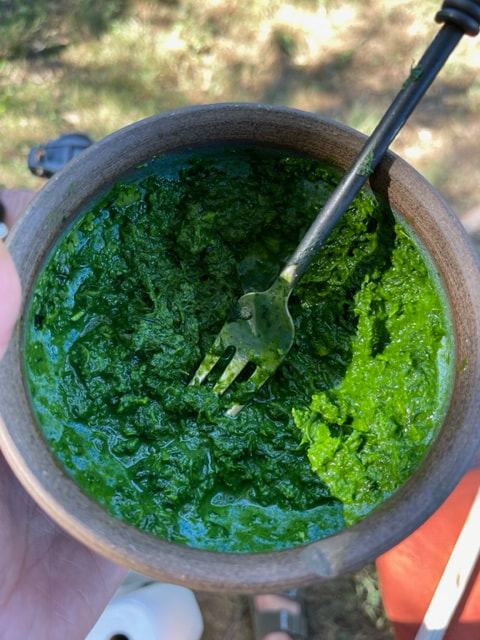
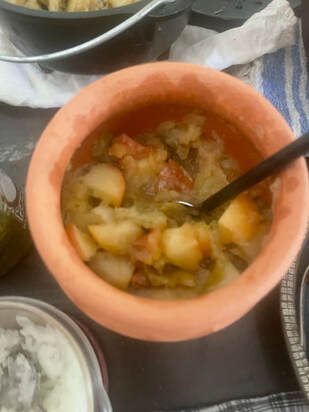
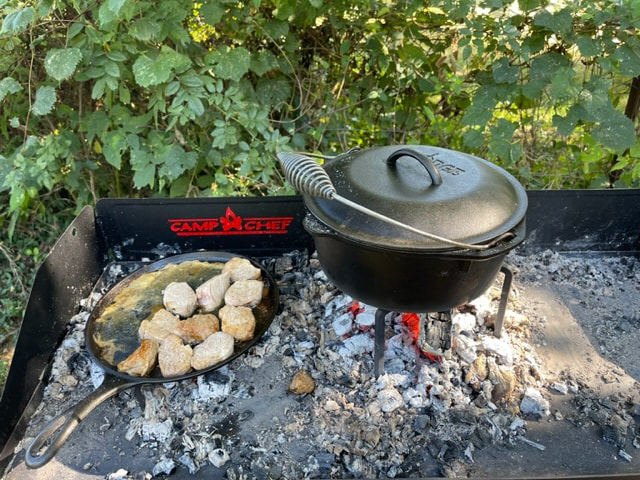
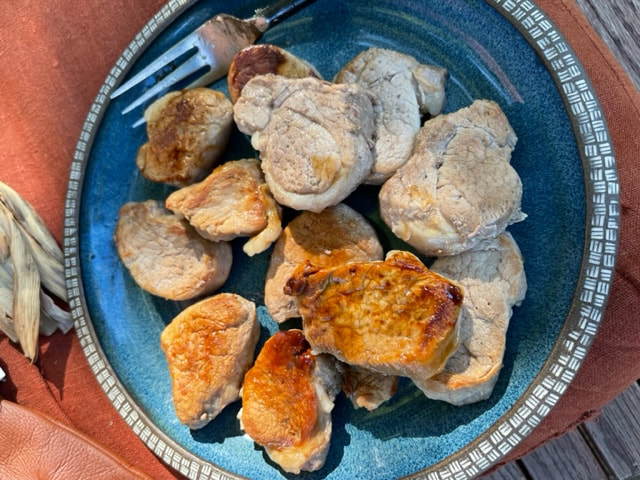
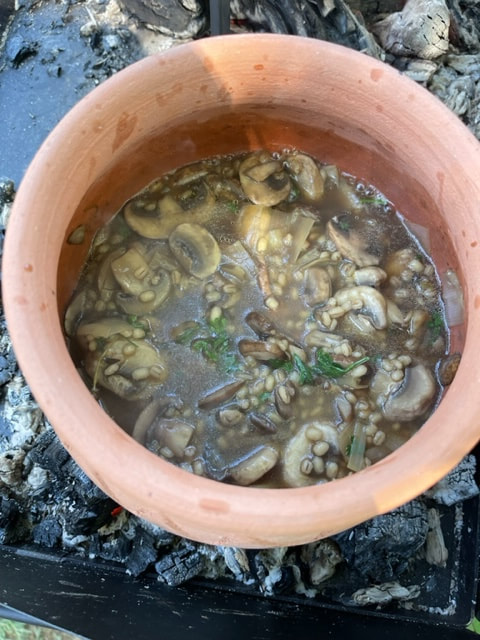
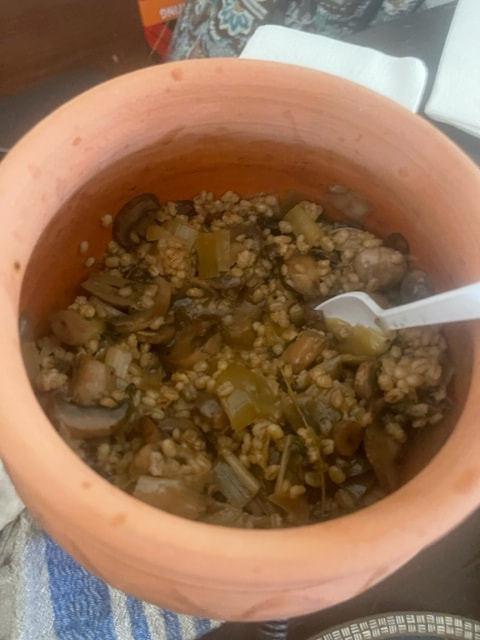
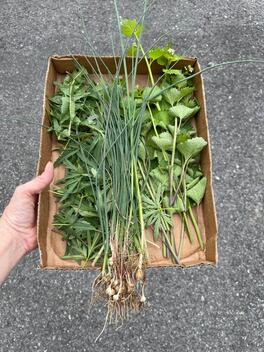
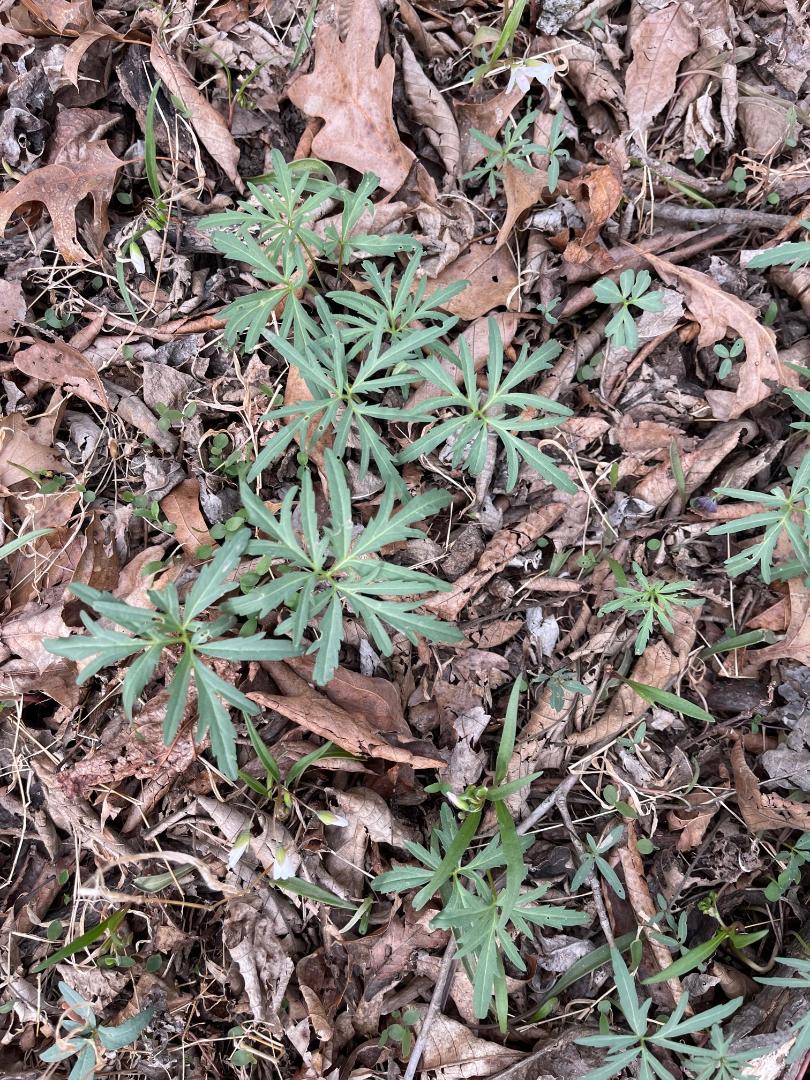
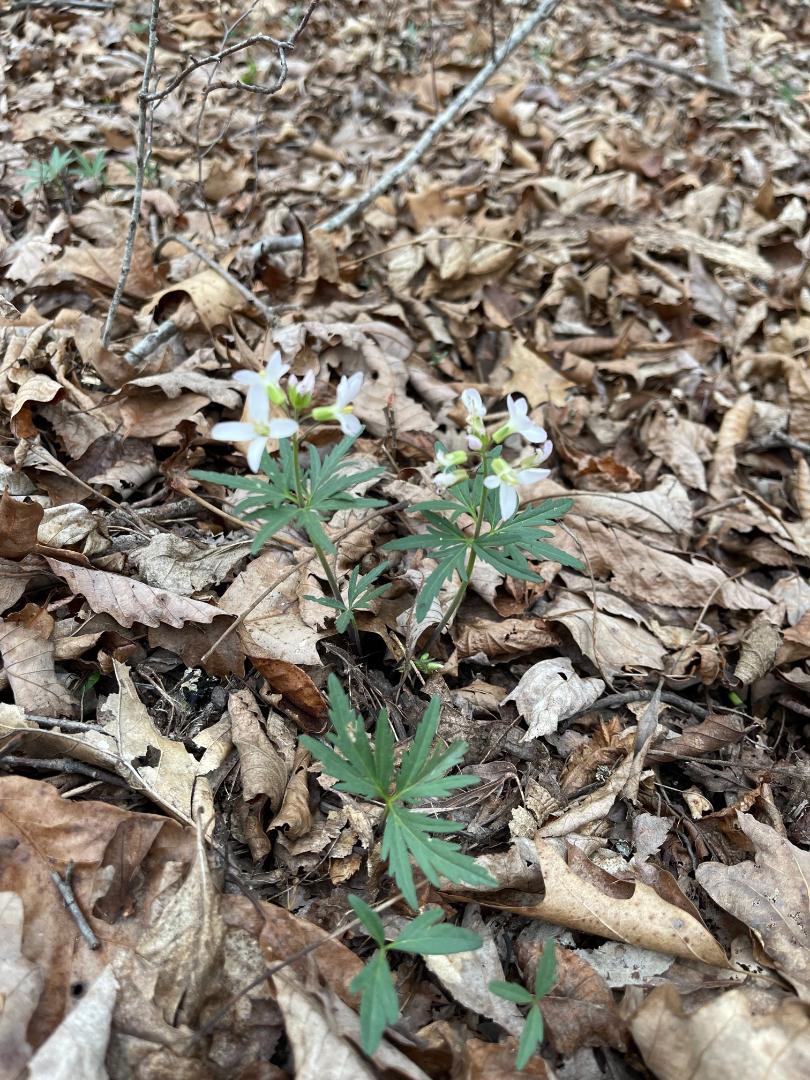
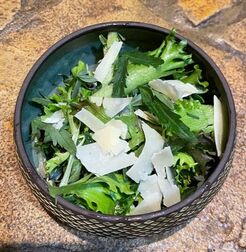
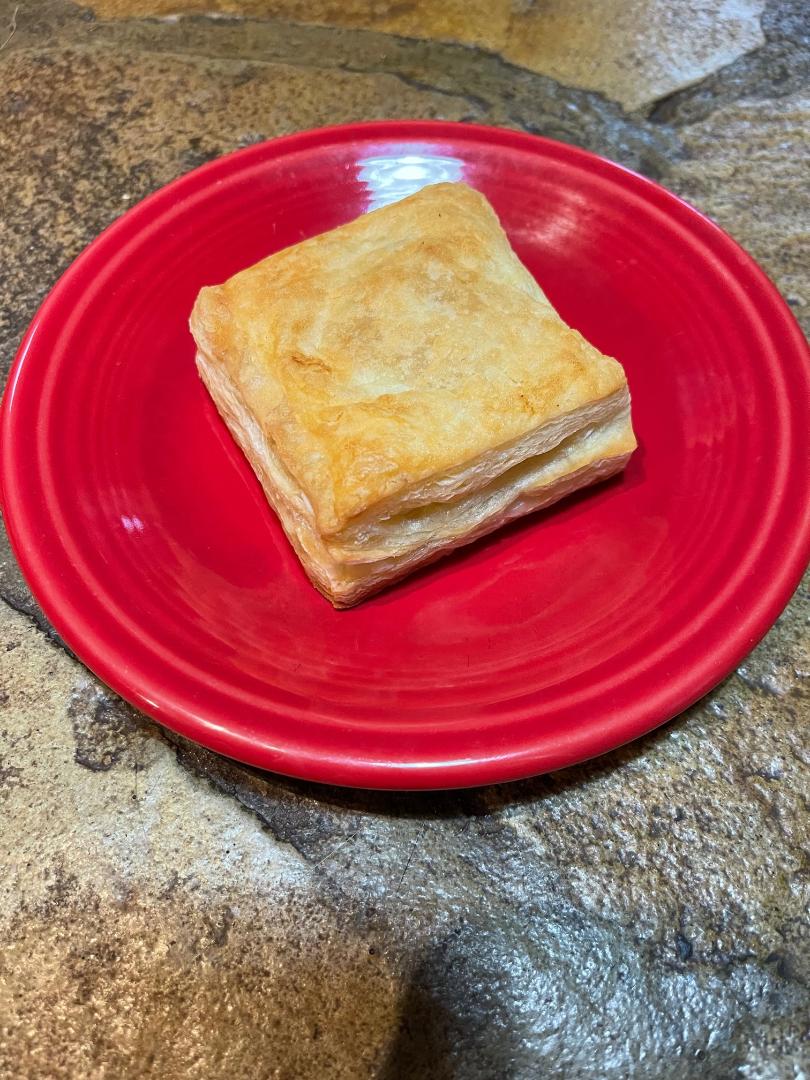
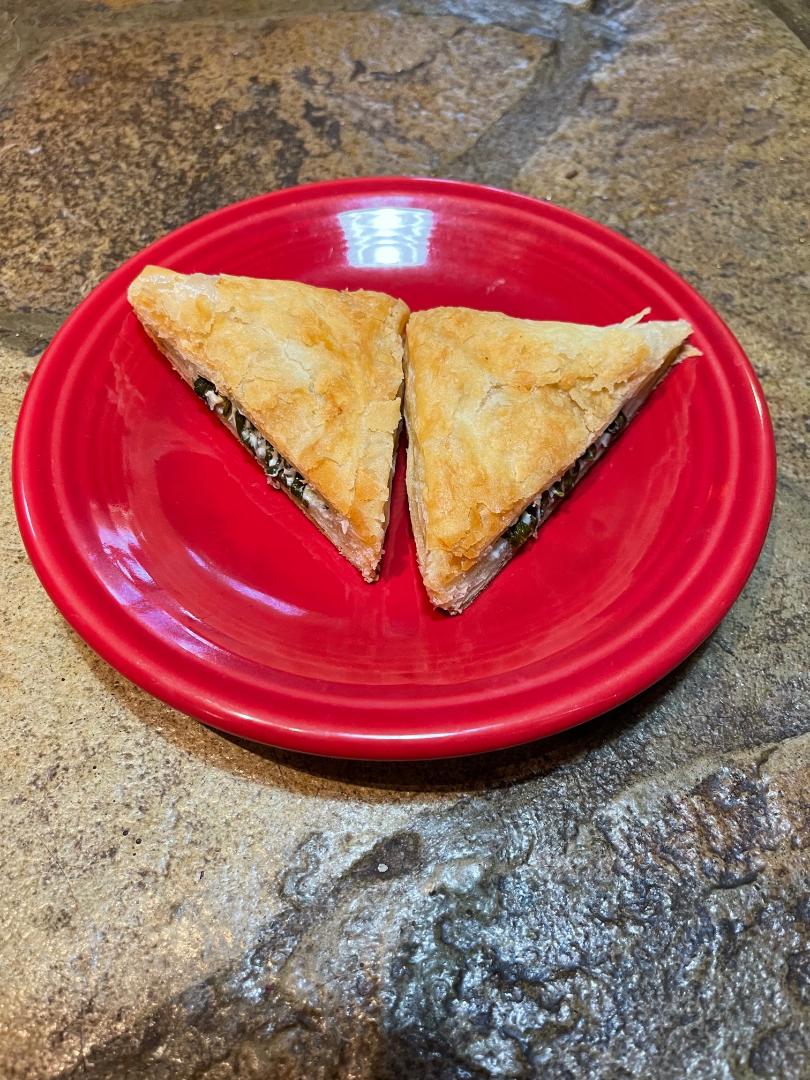
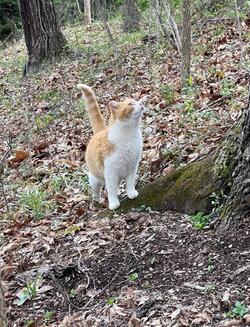
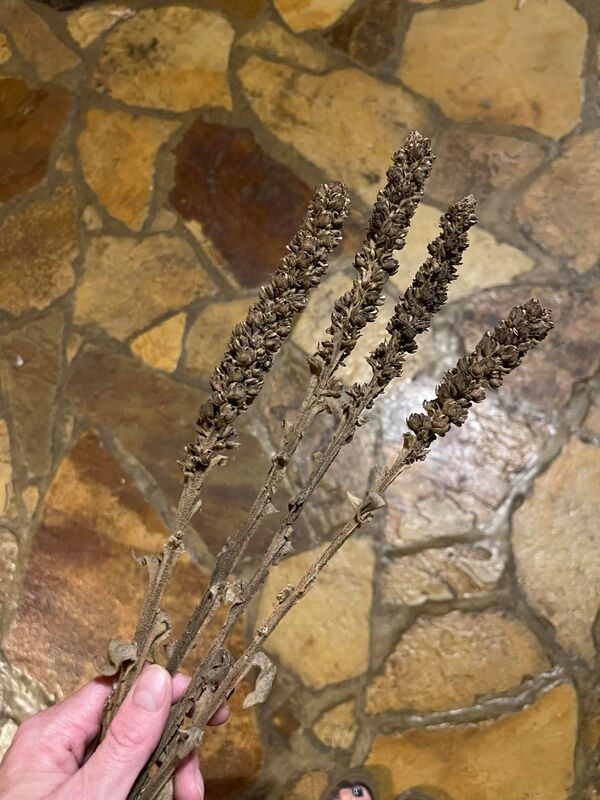
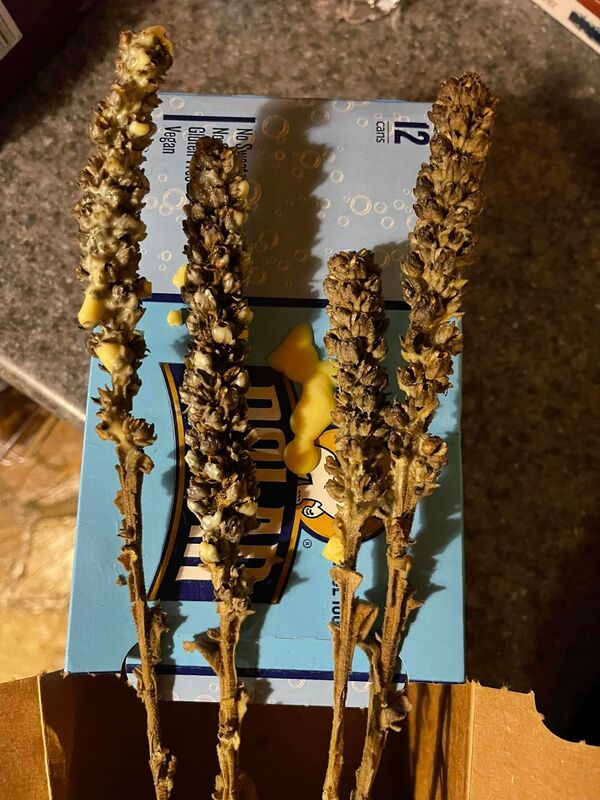
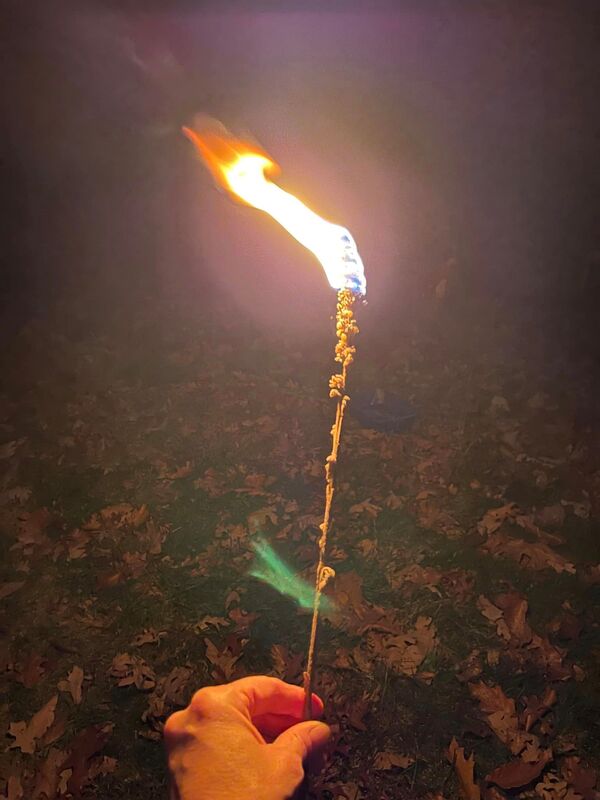
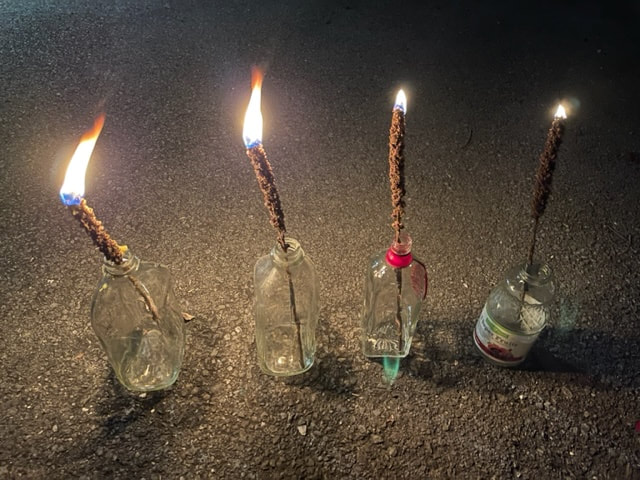
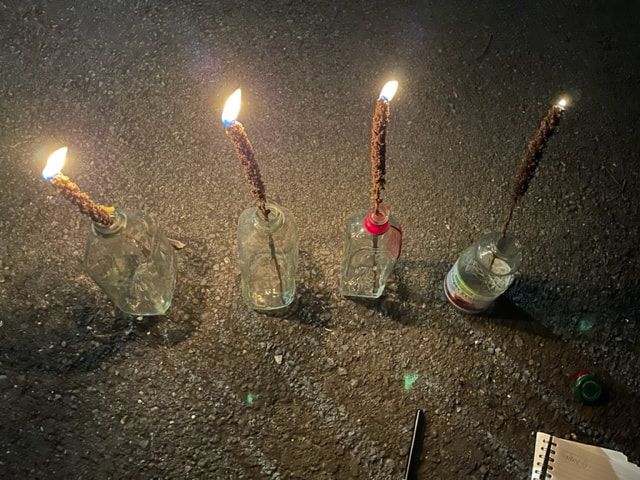
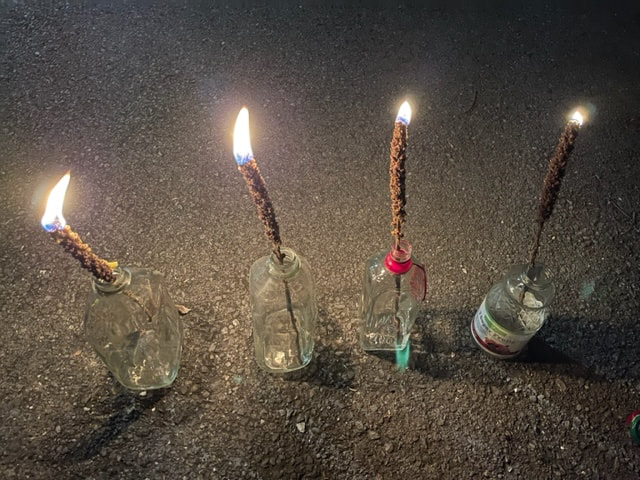
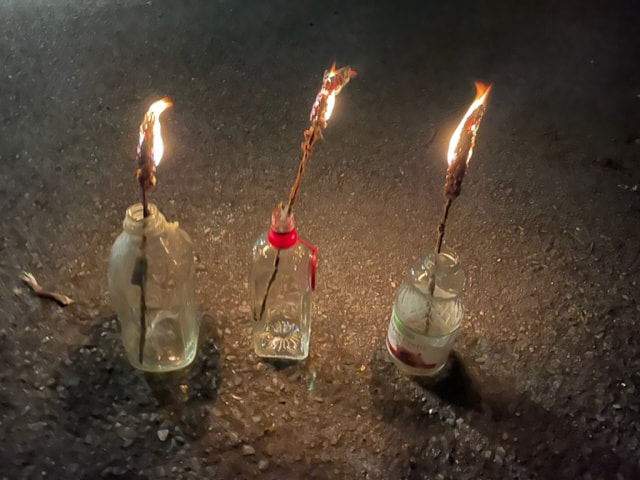
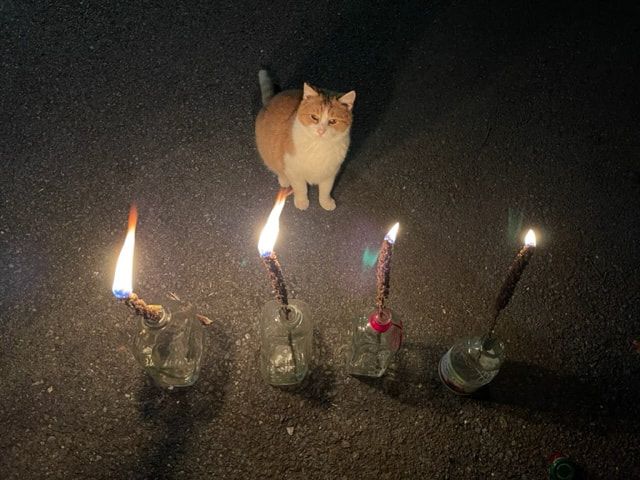
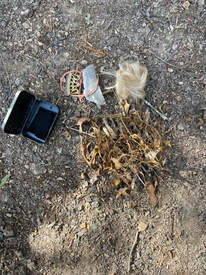
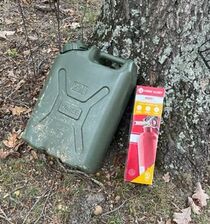
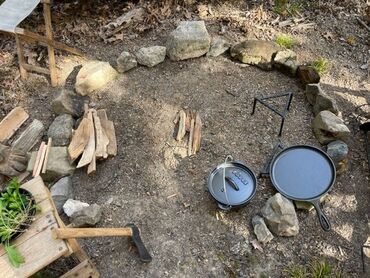
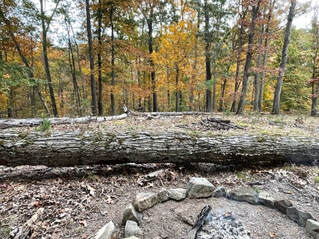
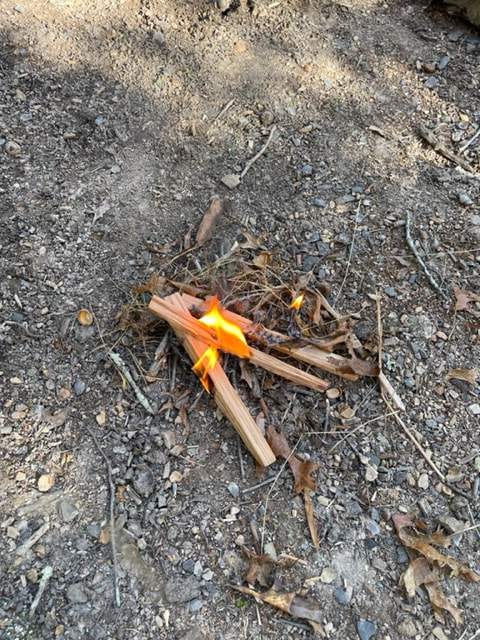
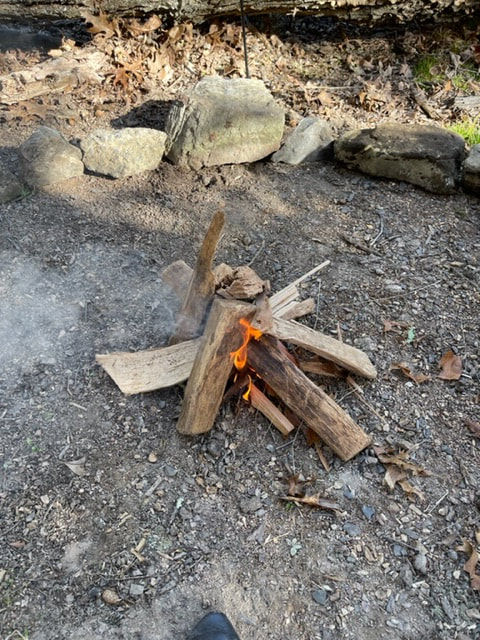
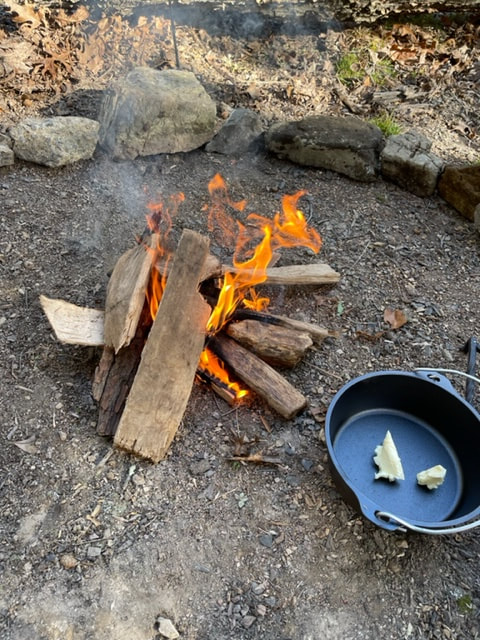
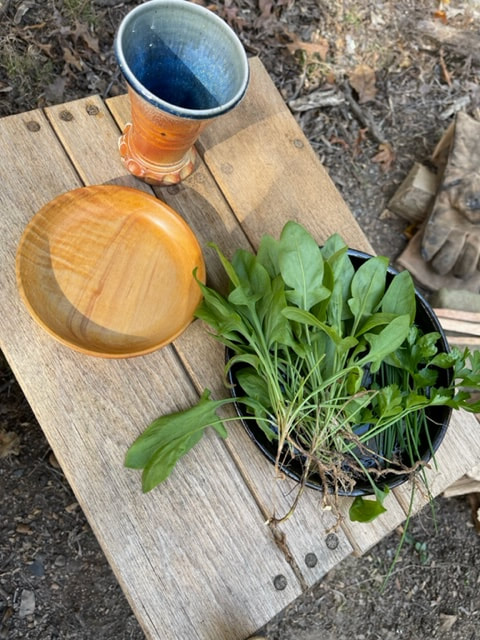
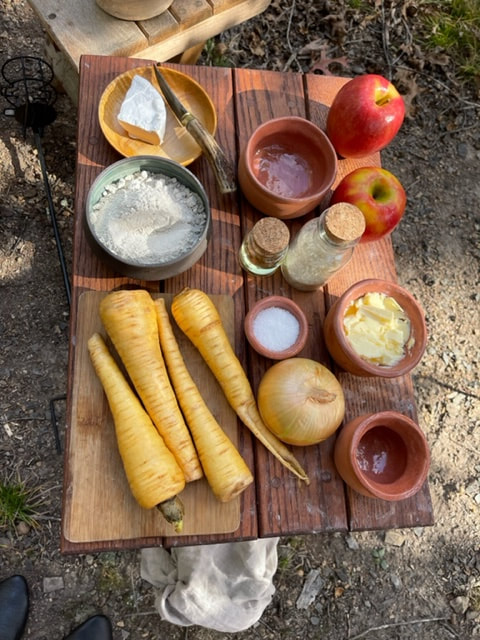
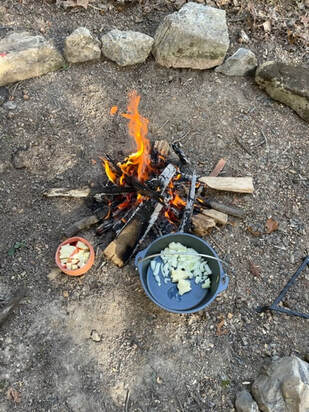
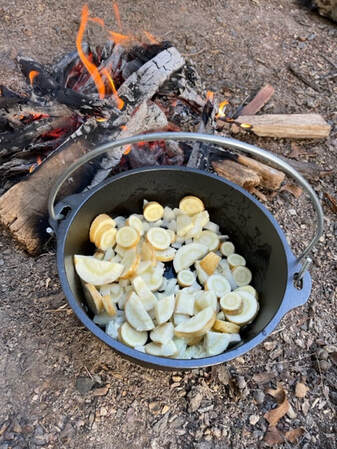
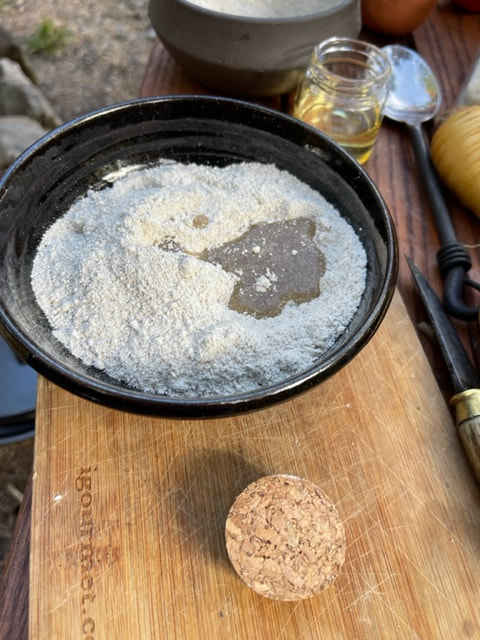
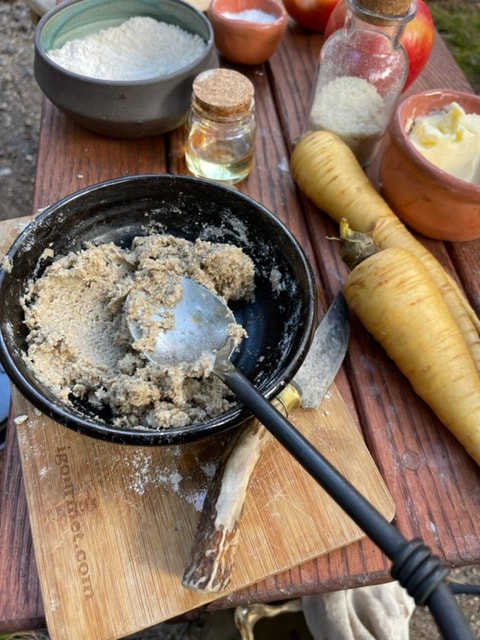
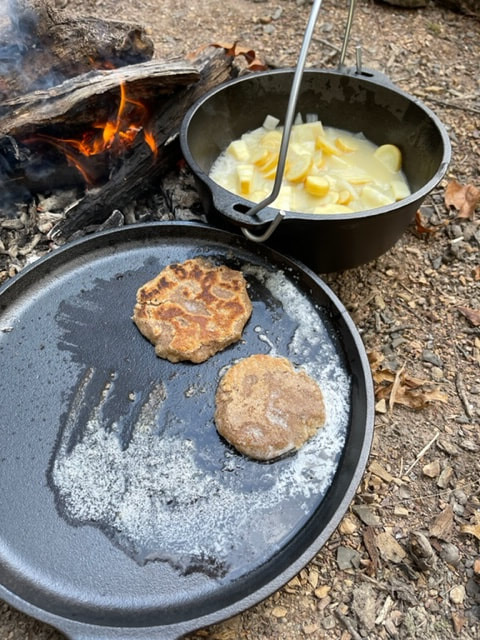
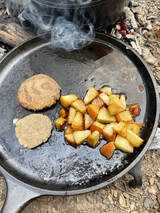
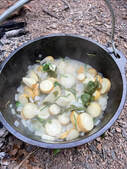
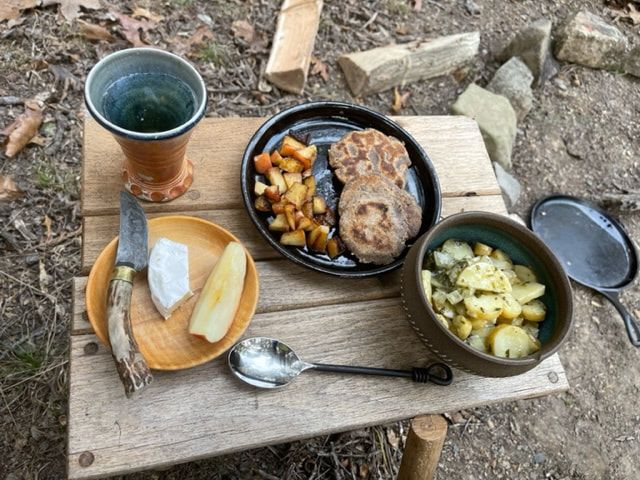
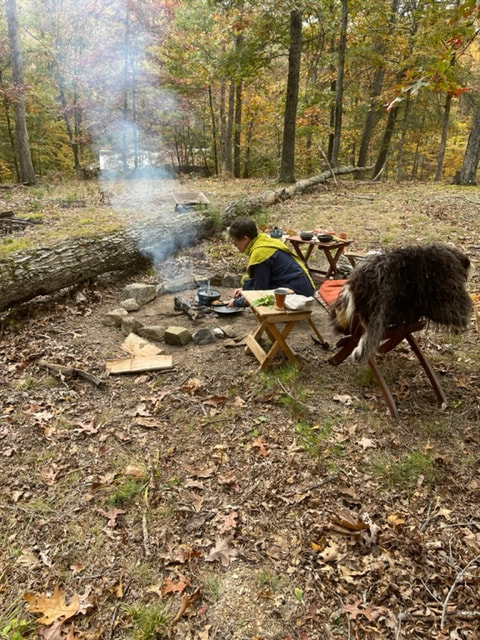
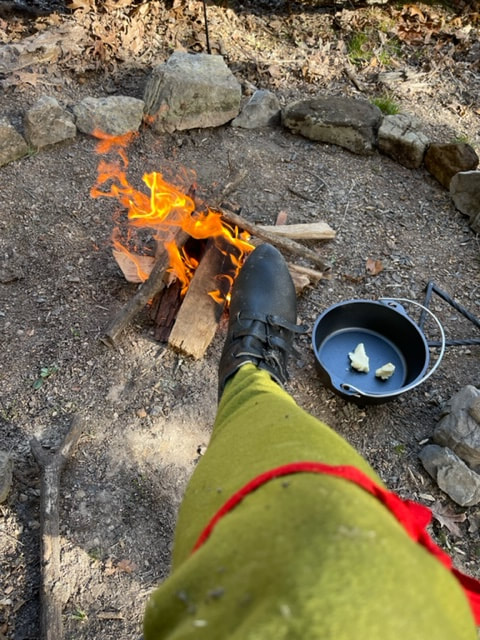
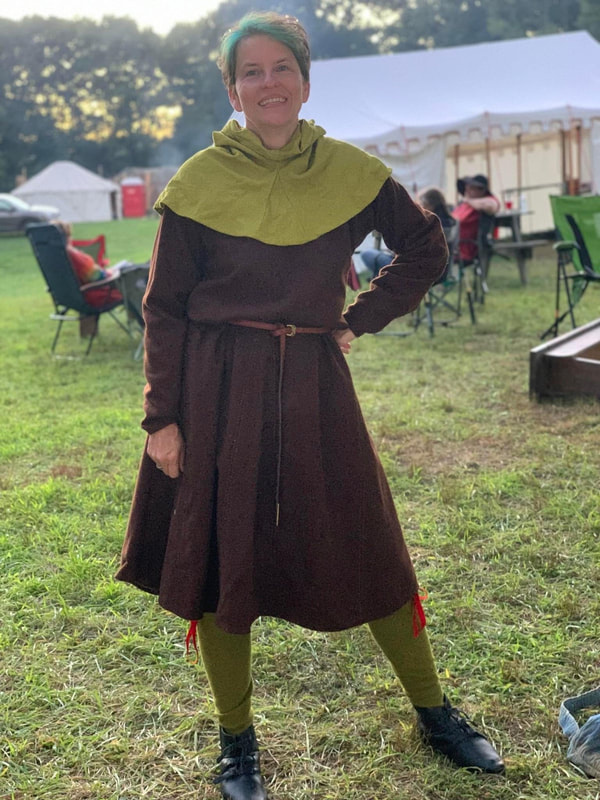
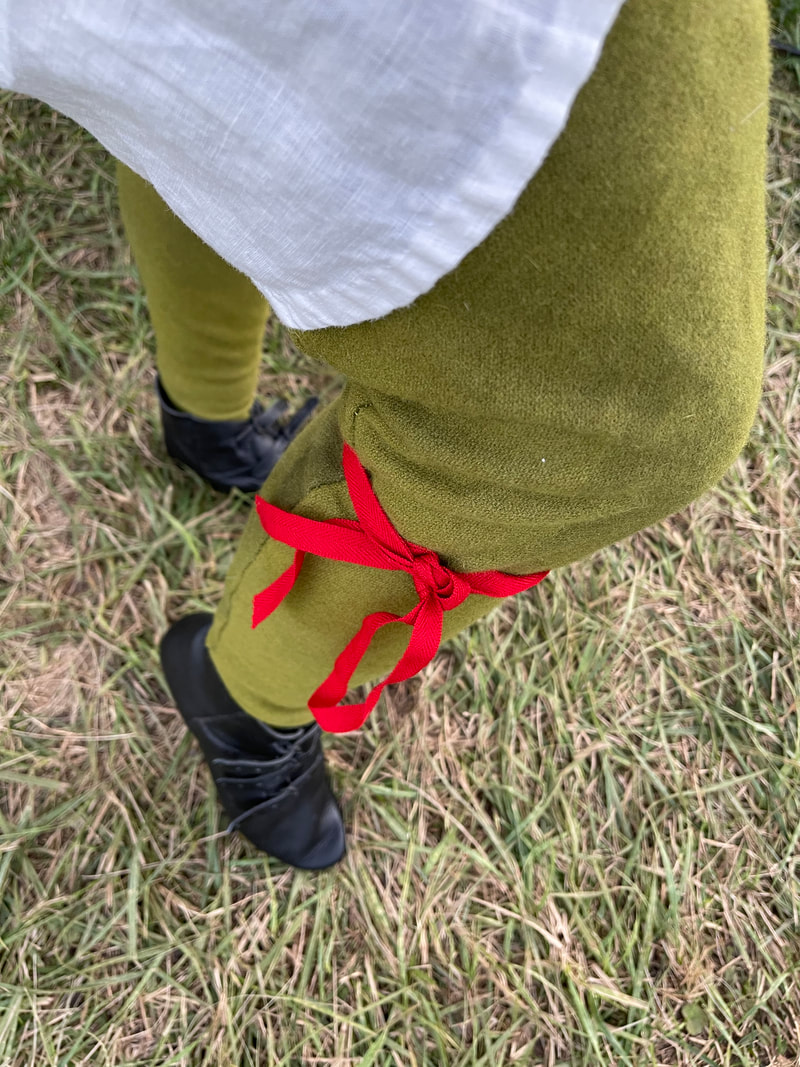
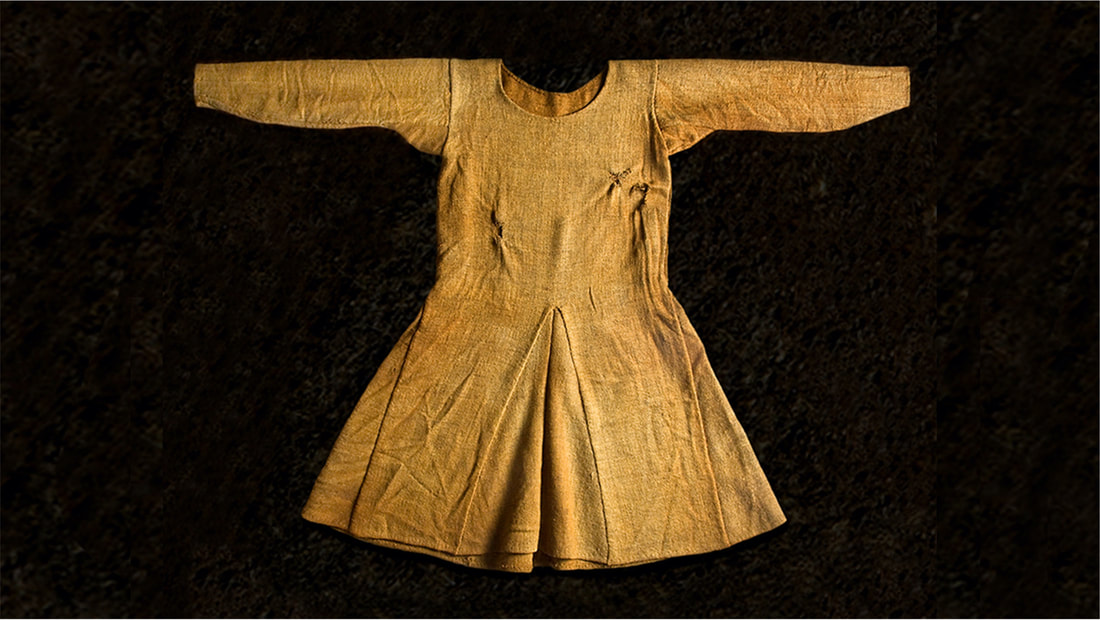

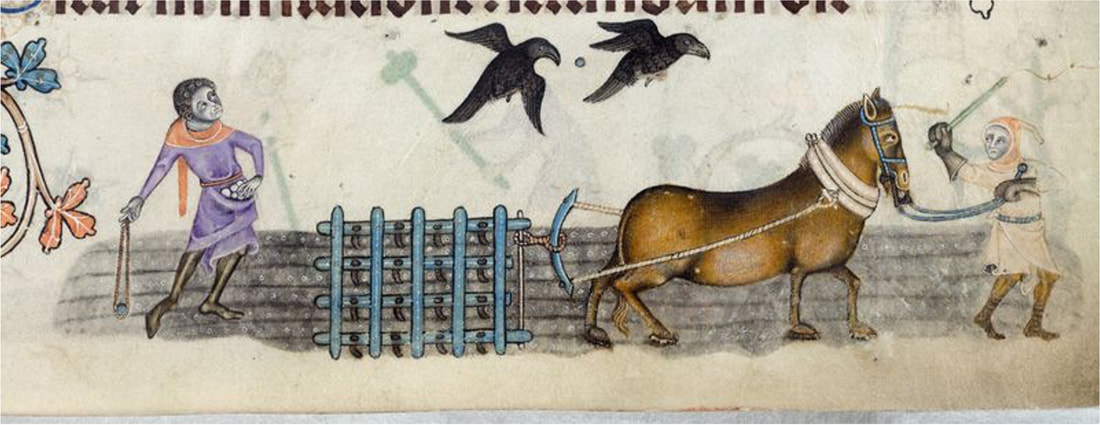
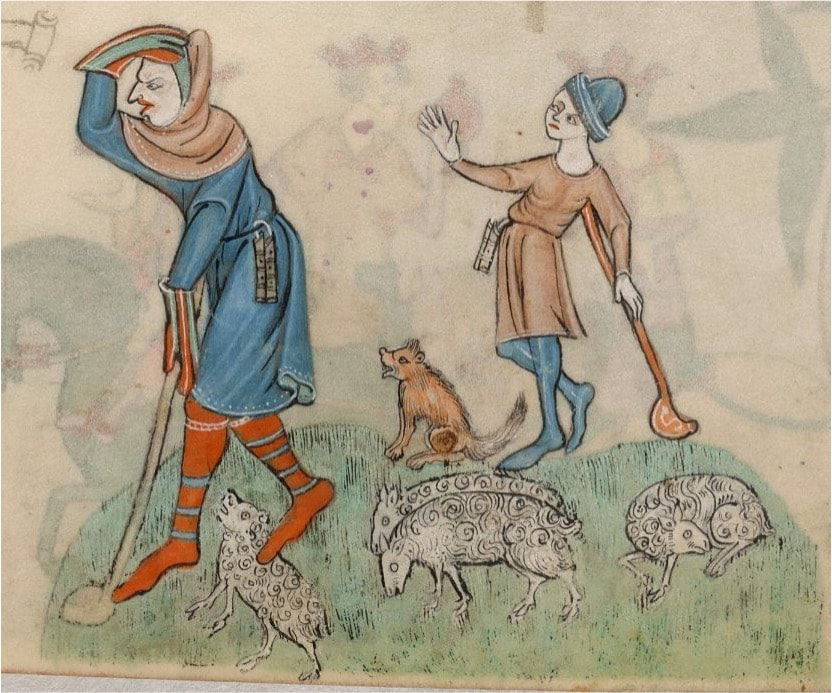
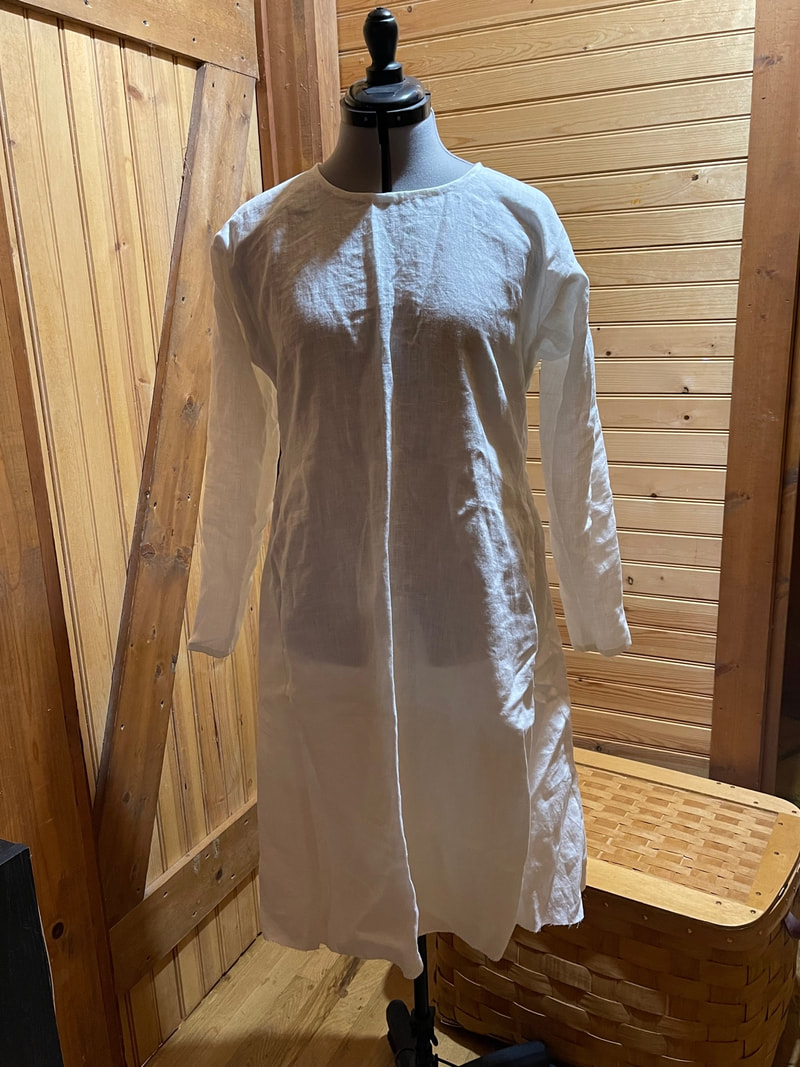
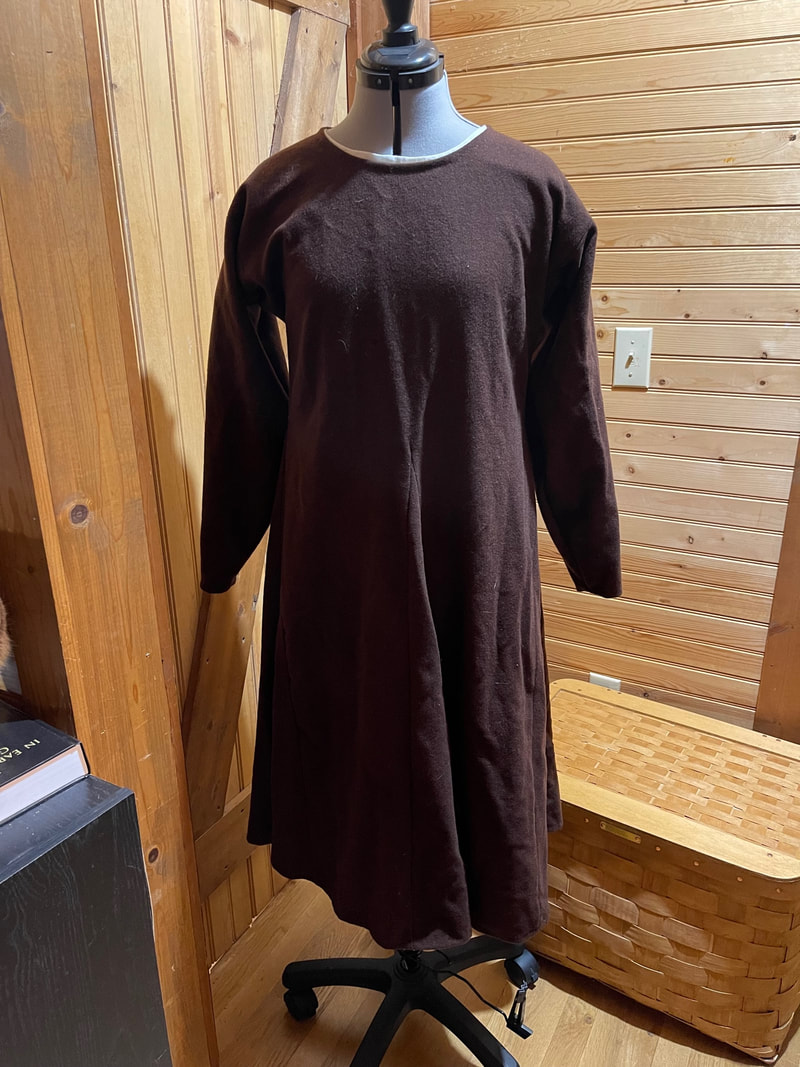
 RSS Feed
RSS Feed